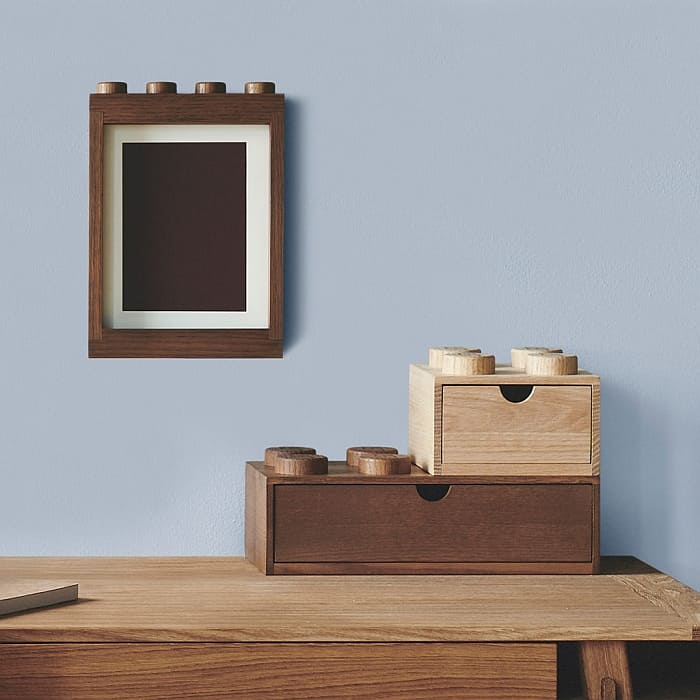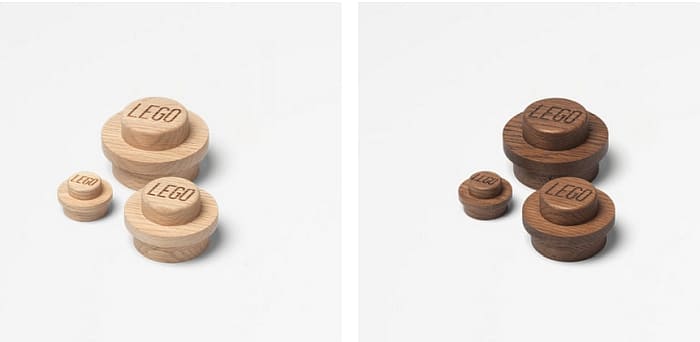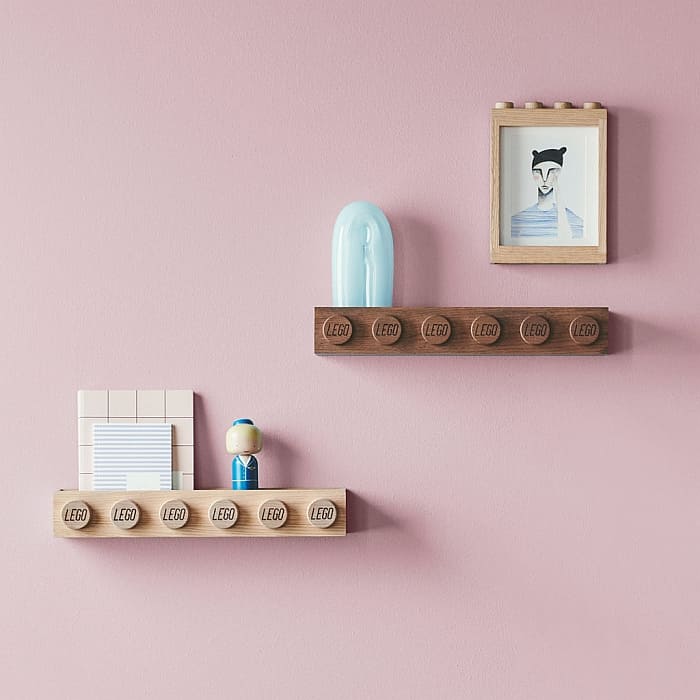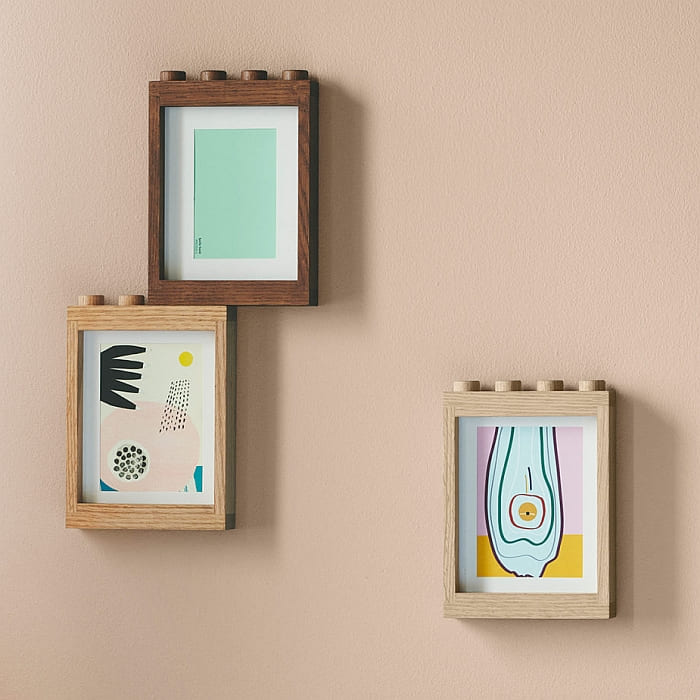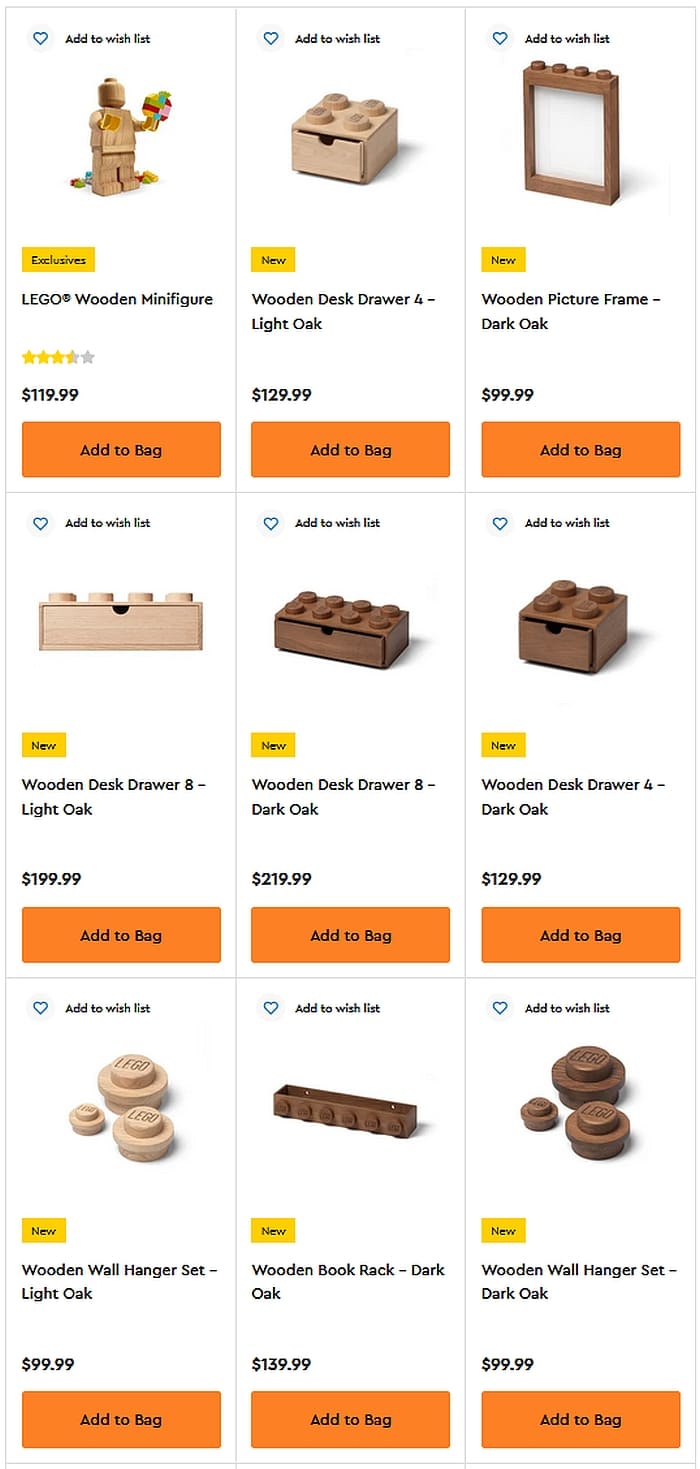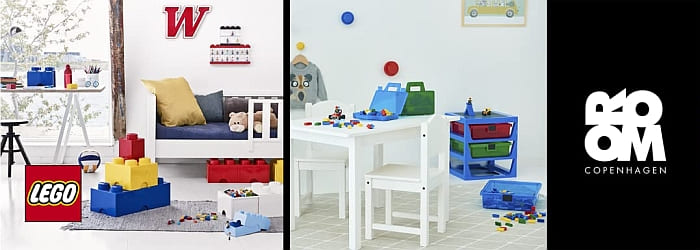Mixing up LEGO sets is a fun pastime many LEGO fans share. It’s a great way to come up with all kinds of impressive and silly creations. LEGO also sometimes shares such mash-ups on their official channels, and they have been an especially prominent feature of the Rebuild the World campaign. You can see several of these on the official LEGO store at Amazon Japan. Check them out below.
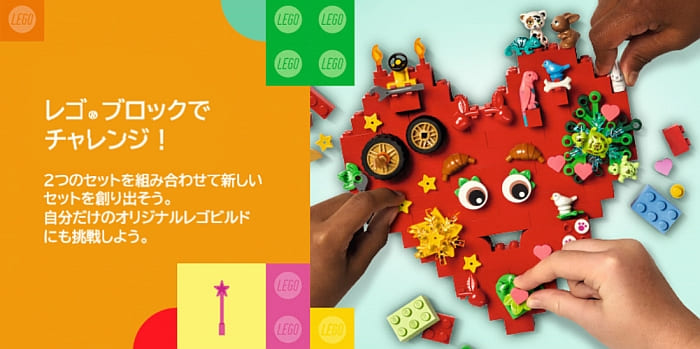
The first one combines the #41395 LEGO Friends Friendship Bus and the #41444 LEGO Friends Heartlake City Organic Cafe for an even more elaborate party bus.
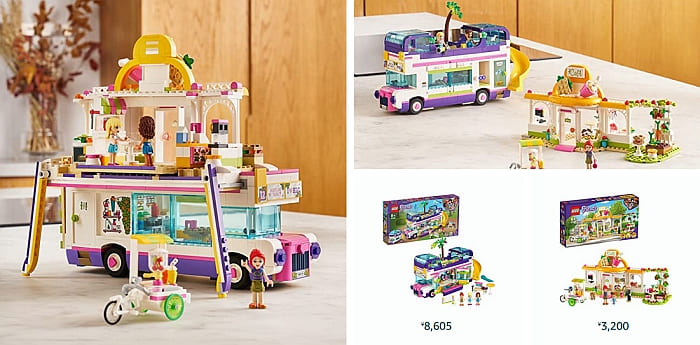
The second mash-up is a large mech, combining the #71746 LEGO Ninjago Jungle Dragon and the #71738 LEGO Ninjago Zane’s Titan Mech Battle.
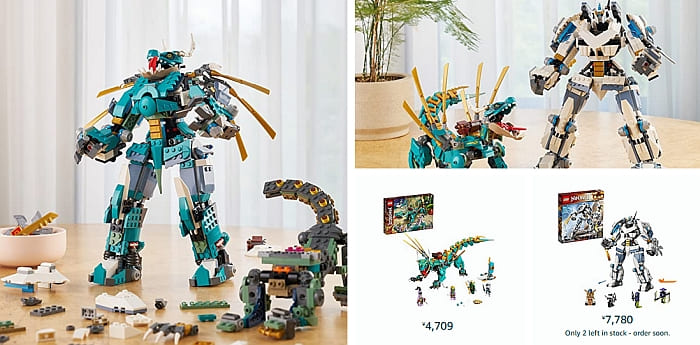
The third combination is one of my favorites. It’s a mix-up of the #42124 LEGO Technic Off-Road Buggy and the #80021 LEGO Monkie Kid’s Lion Guardian.
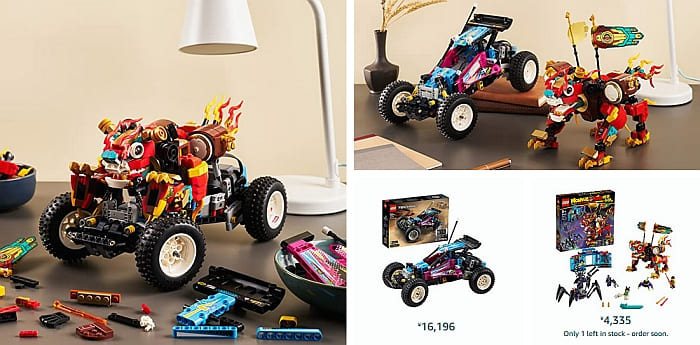
The fourth mash-up combines two of the most popular recently released sets. One of the alternate models from the #31109 LEGO Creator 3-in-1 Pirate Ship and the #31120 LEGO Creator 3-in-1 Medieval Castle to make a pirate castle.
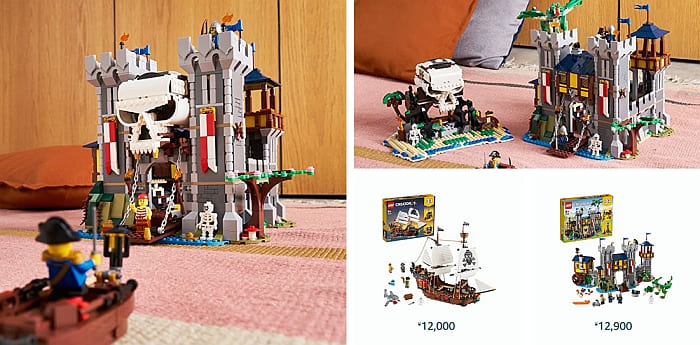
The fifth creation is very beautiful. It adds the pink cherry flower blossoms from the #10281 LEGO Creator Botanical Collection Bonsai Tree to the #21318 LEGO Ideas Tree House.
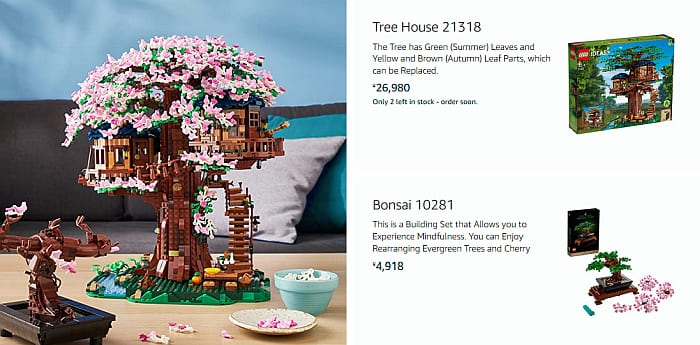
The sixth combination is some silly fun with the #41688 LEGO Friends Magical Caravan and the #42119 LEGO Technic Monster Jam Max-D.
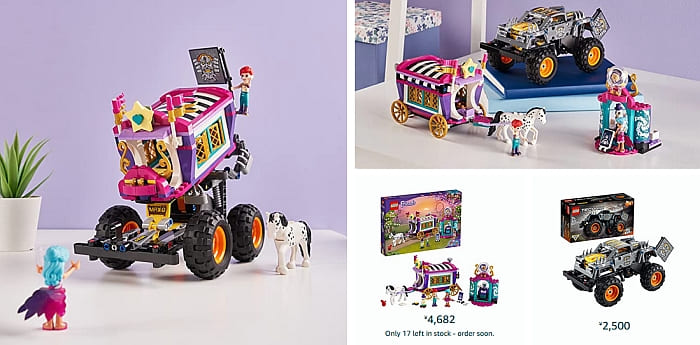
Although there are no step-by-step instructions for any of these combo models, they should be easy to build if you have the original sets. Once you build the original models according to the instructions, the mash-ups are simply color swaps and/or chunks from one model added to the other. If you would like to see larger versions of the images above, visit the official LEGO store at Amazon Japan.
What do you think? Do you combine LEGO sets to make your own mash-up models? And how do you like the ones we discussed here? Are you planning to build any of them? Feel free to share your thoughts and discuss in the comment section below!
And you might also like to check out the following related posts:




